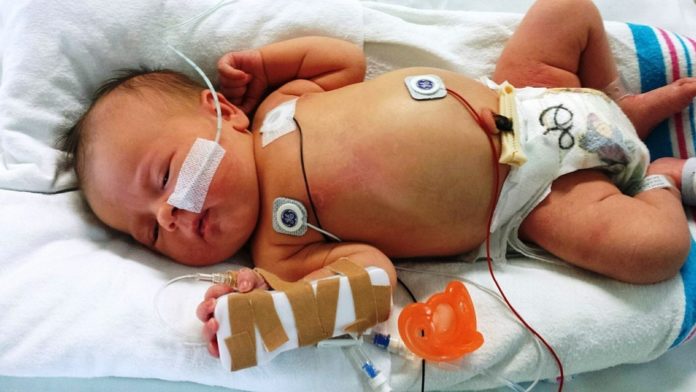Inadequate readiness for pediatric emergencies are linked with high child death rates
Critically ill children brought to hospital emergency departments that are ill-prepared to care for pediatric emergencies have more than three times the odds of dying compared to those brought to hospitals well-equipped to care for them, according to a new analysis.
The findings, published in the journal Pediatrics, revealed that the readiness of hospital emergency departments to care for critically ill or injured children impact outcomes, and could guide a variety of policy responses.
“Pediatric care requires specialized equipment, training and protocols to provide the best care to children. Obtaining that kind of preparedness is costly and time-consuming,” said senior author Jeremy Kahn, M.D., M.S., professor in the Department of Critical Care Medicine at Pitt’s School of Medicine and the Department of Health Policy and Management at Pitt’s Graduate School of Public Health. “Our study suggests that efforts to better prepare hospitals to care for pediatric emergencies save lives.”
Researchers stress that more money and resources should be directed to hospitals well-equipped to handle pediatric emergencies. Potential solutions could also include telemedicine
Researchers obtained data from 426 hospitals in the USA, on 20,483 critically ill patients age 18 or younger who were brought to the hospital emergency department. They cross-referenced the patient outcomes with the “pediatric readiness” of the hospital’s emergency department.
Pediatric readiness is indicated by a score assigned following assessment by the National Pediatric Readiness Project. Hospitals receive higher scores based on several factors, including whether they have equipment designed for use on children, pediatric-specific protocols for medical procedures and care, and educational programming to keep clinicians up-to-date on the latest guidelines in pediatric care.
The team divided the hospitals into four groups based on their pediatric readiness score, with the lowest quartile’s scores ranging from 29.6 to 59.3, and the highest from 88.2 to 99.9. Hospitals in the lowest quartile had a pediatric mortality rate for critically ill children of 11.1%, compared to 3.4% for the highest quartile.
“A hospital’s pediatric readiness should be a factor in determining to which hospital a critically ill child should be transported,” said co-author Jennifer Marin, M.D., M.Sc., an emergency physician at UPMC Children’s Hospital of Pittsburgh.
Researchers stress that more money and resources should be directed to hospitals well-equipped to handle pediatric emergencies. Potential solutions could also include telemedicine and processes to promote quick recognition and transfer of pediatric emergencies to more prepared hospitals.
